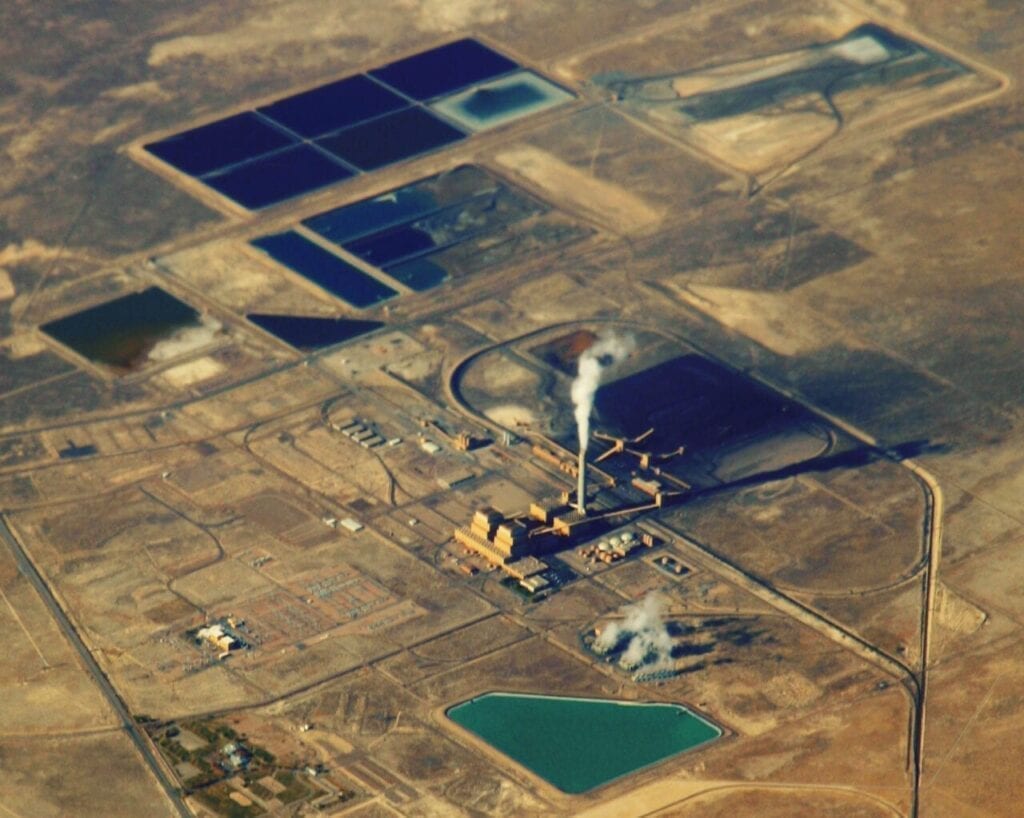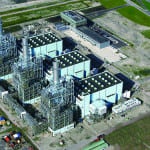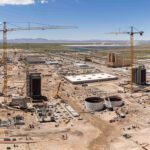Siemens Energy said it is joining with a power generation cooperative on a plan to integrate hydrogen production and storage at a Utah power plant.
Siemens on March 1 said it has been awarded a $200,000 grant from the U.S. Department of Energy (DOE) to support a conceptual design study, which is set to begin this month at the Intermountain Generating Station in Delta, Utah. Siemens said the goal of the initiative “is to analyze the overall efficiency and reliability of CO2-free power supply involving large-scale production and storage of hydrogen.”
The project also “will analyze aspects of integrating the system into an existing power plant and transmission grid, such as the interaction with subsystems, sizing and costs,” according to Siemens.
The Intermountain station for years has operated as an 1,800-MW facility with two coal-fired units. The Intermountain Power Agency, which owns the plant, last summer picked Black & Veatch Corp. as the chief engineering company to oversee the facility’s conversion into an 840-MW combined cycle facility that will run initially on a mix of natural gas and hydrogen, and then ultimately operate on hydrogen alone.
Monday’s announcement is the latest for the rapidly developing hydrogen market. Energy majors Shell and Mitsubishi Heavy Industries, along with Swedish state-owned energy firm Vattenfall, and German municipal heat generator Wärme Hamburg, recently said they would team on a project to repurpose a 2015-commissioned 1.6-GW coal plant in northern Germany as a massive green hydrogen hub.
30% Hydrogen at 2025 Startup
The Intermountain plant (Figure 1) plans to integrate 30% hydrogen fuel at startup in 2025, when the conversion to natural gas is expected to be complete, and then use 100% hydrogen by 2045. The project is expected to provide electricity to customers in Utah and Southern California, areas currently served by the plant.

“The study will be designed around Siemens Energy’s Silyzer technology, which uses electrolysis to generate hydrogen. The scope of our research will include hydrogen compression, storage and intelligent plant controls,” said Tim Holt, executive board member at Siemens Energy. “This is an exciting opportunity to work with the Intermountain Power Agency on integrating the cost-efficient use of CO2-free hydrogen in a power plant on a large-scale basis. The outcomes will benefit customers, advance the knowledge about using hydrogen in the U.S. power sector, and ultimately put us one step closer to decarbonizing electricity production.”
“By switching from coal to a mixture of natural gas and hydrogen we can reduce carbon emissions by more than 75%,” said Dan Eldredge, general manager of Intermountain Power Agency. “We are committed to being a leader in the transition to a clean energy future while taking advantage of the significant energy infrastructure already in place at the Intermountain Power Project. This study will help pave the way for the successful transition to net-zero carbon power generation.”
Plant Has Burned Coal Since 1986
The Intermountain plant began operating in 1986. Officials last year said the plan to convert the plant from coal to natural gas was driven by the fact it serves customers in California, where officials have pushed back against coal-fired power, including imports of electricity produced from coal. Most of the plant’s power is used by the Los Angeles Department of Water and Power, along with the California cities of Anaheim and Riverside.
The Intermountain repowering project took root in 2013, when the cooperative’s participants decided to end the use of coal at the power plant by 2025. The two new combined cycle units of the plant will each be equipped with an M501JAC gas turbine, a heat recovery steam generator, and a steam turbine from Mitsubishi Hitachi Power Systems. Construction at the Intermountain facility also includes upgrading and the replacement of switchyards and converter stations at the plant, along with a new gas pipeline, and the decommissioning of existing equipment that will no longer be needed.
Siemens, like other energy companies, in recent months has been announcing hydrogen projects as power generators look for ways to develop cleaner sources of power and increase their revenue streams. Siemens last month announced a plan to jointly develop electrolysis and hydrogen technology with Air Liquide. The company has also developed a roadmap it will use over the next decade to increase the hydrogen capability in its gas turbines to 100% by 2030.
—Darrell Proctor is associate editor for POWER (@POWERmagazine).










